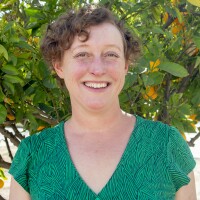Elaine Lewinnek

Elaine Lewinnek is professor of American Studies and chair of the Environmental Studies program at California State University, Fullerton. She has a Ph.D. in American Studies from Yale University and is the author of The Working Man’s Reward: Chicago’s Early Suburbs and the Roots of American Sprawl.

Support Provided By




